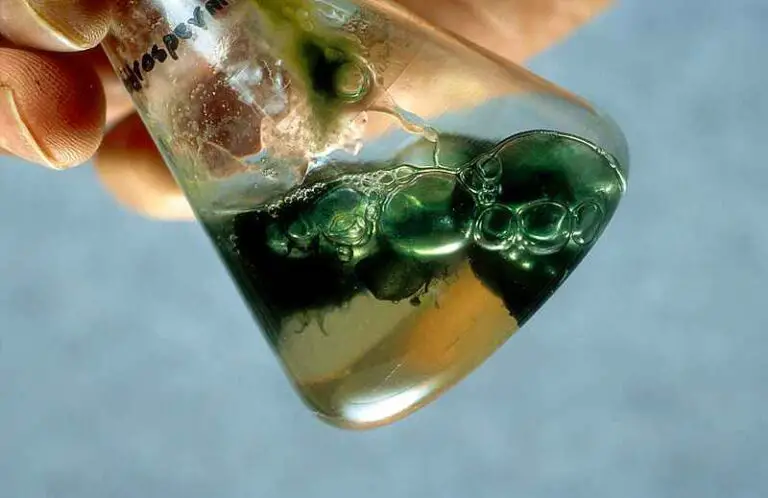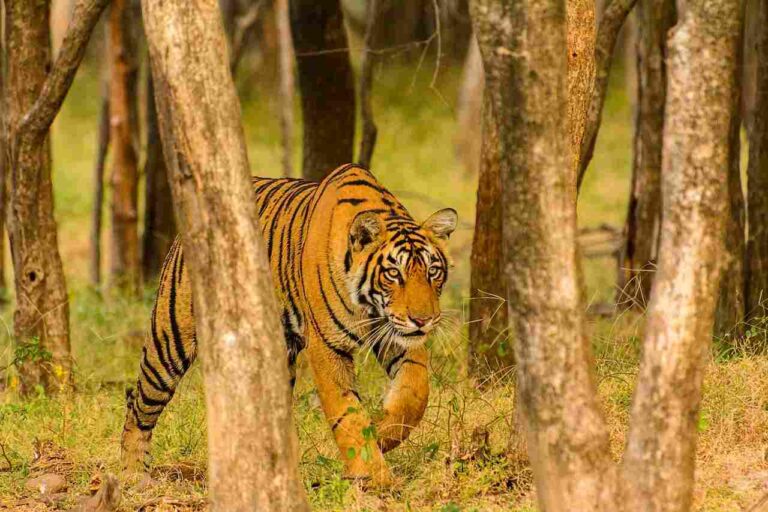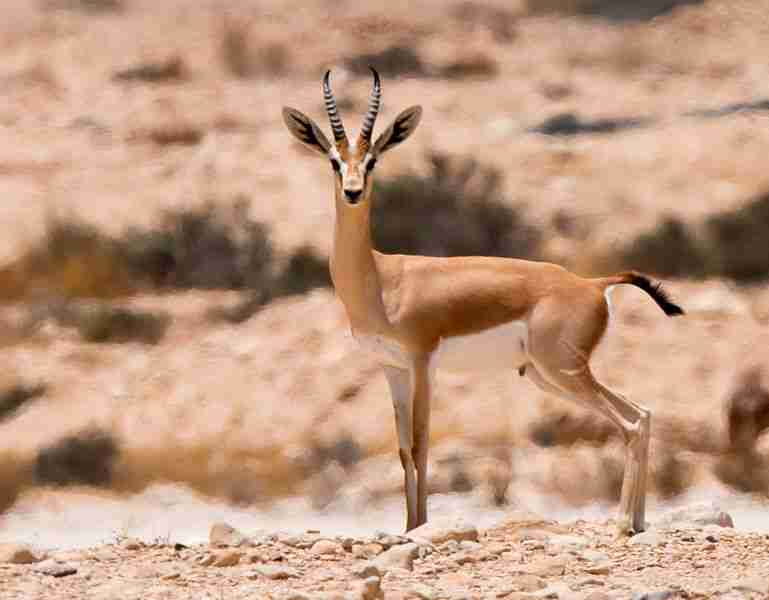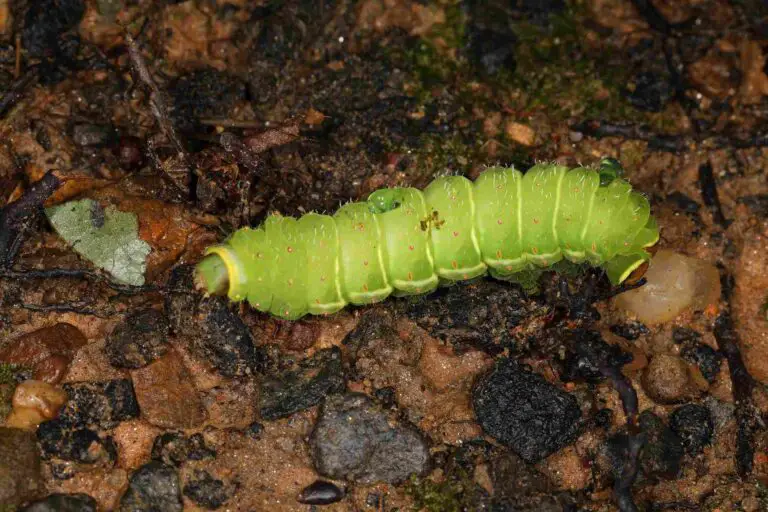Ragamuffin Cat Vs Ragdoll Size, Weight, Overall Comparison
Exploring the distinctions between the Ragamuffin Cat and Ragdoll unveils unique features in their appearance, temperament, and market pricing. While the Ragamuffin exhibits more rounded features and colorations, the Ragdoll showcases flattened and angular characteristics. These two breeds, distinguished from each other in 1994, have subtle differences in their stature, fur, and sociability as pets. Understanding these nuances can aid prospective cat owners in selecting the feline companion that aligns with their preferences.
Ragamuffin Cat vs Ragdoll: Discerning Feline Differences
I. Features and Colorations:
– Ragamuffins are characterized by more rounded features and colorations, contributing to their softer and more rounded appearance. In contrast, Ragdolls exhibit more flattened and angular features, lending them a distinct visual profile.
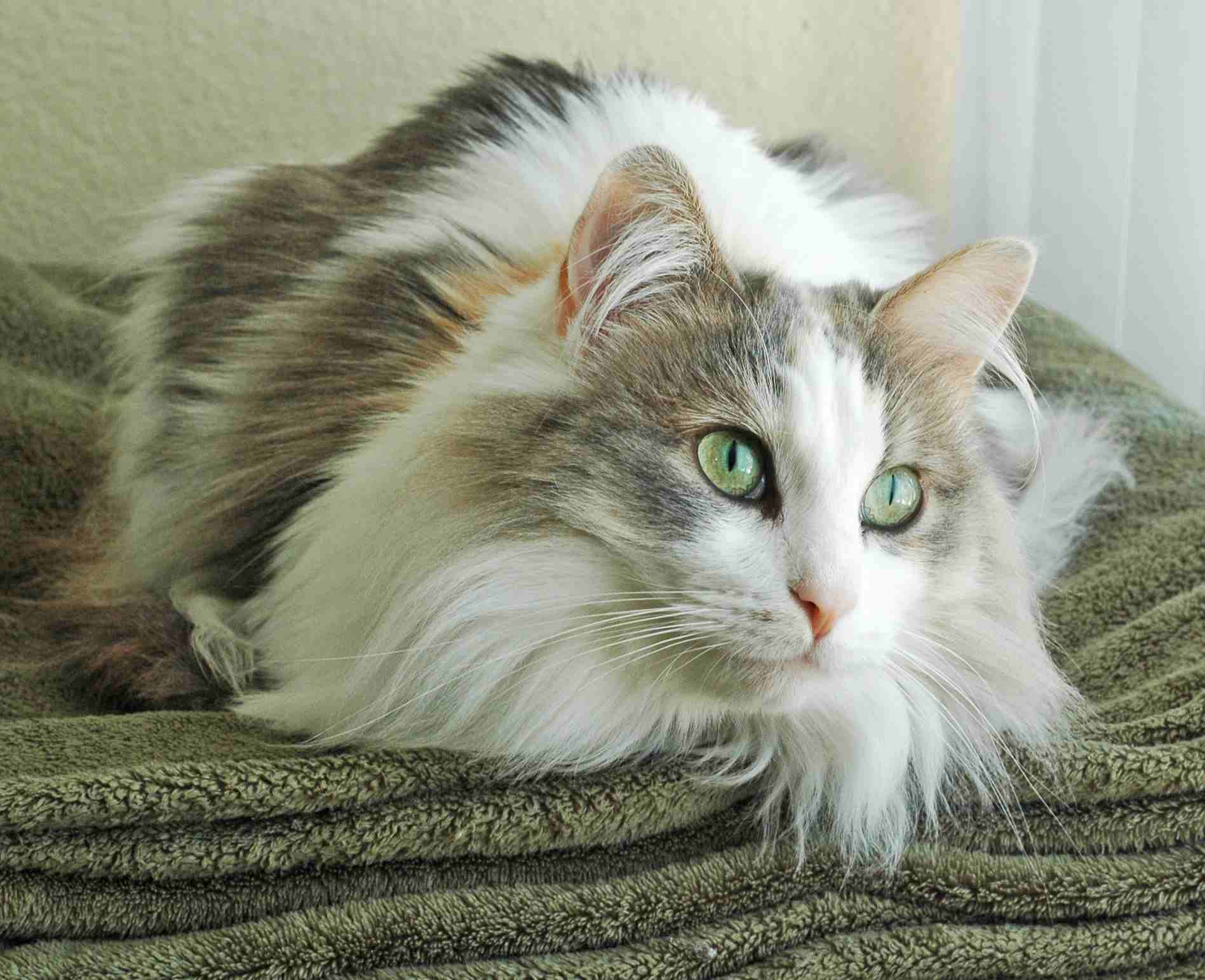
II. Breed Distinction:
– The Ragamuffin was officially distinguished as a separate breed in 1994, with unique criteria such as weighty stature, eye color, and fur color setting it apart from the Ragdoll. This differentiation underscores the specific characteristics that define each breed.
III. Sociability as Pets:
– Ragamuffins tend to have a more sociable personality as pets, fostering friendly and engaging interactions with their owners. This sociable nature adds to the appeal of Ragamuffins as companions.
IV. Size Variation:
– Ragamuffins may be generally larger than Ragdolls, contributing to their robust and substantial stature. This size difference adds to the diversity within these two breeds.
V. Price Considerations:
– Ragamuffins, being rarer, tend to command a higher price in the market, ranging from about $600 to over $2000 for purebred kittens. In contrast, Ragdoll kittens are priced between $500 and $1800, reflecting differences in availability and demand.
While some studies may state the revers to b the case, ragamuffin cats tend to cost more than ragdoll cats at the point of initial purchase
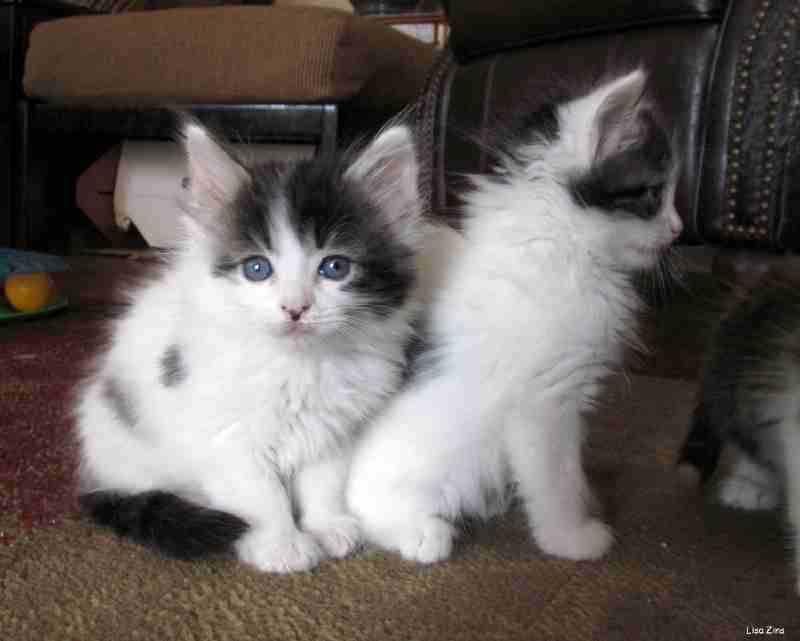
VI. Recognizing Unique Appeal:
– Prospective cat owners must carefully consider the rounded features, sociability, and potential size differences between Ragamuffins and Ragdolls to make informed decisions based on their preferences and lifestyle.
VII. Fostering Harmonious Companionship:
– Understanding distinctions between the Ragamuffin Cat and Ragdoll enables cat enthusiasts to create a harmonious and enjoyable companionship tailored to their expectations, preferences, and the unique characteristics of each breed.
*Details of Comparison
| Criteria | Ragamuffin Cat | Ragdoll Cat |
| Taxonomy | Felidae, Felis catus |
Felidae, Felis catus
|
| Appearance | Wide range of coat colors and patterns |
Distinctive colorpoint pattern with darker points
|
| Size | Medium to large |
Generally larger, especially males
|
| Weight | Males: 15-20 lbs, Females: 10-15 lbs |
Males: 15-20 lbs or more, Females: 10-15 lbs
|
| Bite Force (PSI) | Data not available |
Data not available
|
| Physical Offensive Advantages | Sharp claws, muscular build |
Powerful hind legs, strong claws
|
| Physical Defensive Advantages | Agility, dense fur |
Size, powerful paws
|
| Speed | Data not available |
Data not available
|
| Agility | Agile and graceful movements |
Surprisingly agile despite large size
|
| Senses | Excellent night vision, acute hearing, keen smell |
Excellent night vision, acute hearing, keen smell
|
| Overall Physical Capacity | Data not available |
Data not available
|
| Habitat Preference(s) | Adaptable to various environments |
Prefers indoor living, less adaptable outdoors
|
| Tracks | Data not available |
Data not available
|
| Lifespan | 12-16 years | 12-17 years |
| Mode of Feeding | Carnivorous diet | Carnivorous diet |
| Intelligence | Intelligent, trainable, social |
Generally intelligent, docile
|
| Social Behavior | Affectionate, enjoys human and animal companionship |
Gentle, forms strong bonds with owners
|
| Mode of Reproduction | Sexual reproduction, seasonal breeding |
Sexual reproduction, seasonal breeding
|
| Parental Behavior | Good maternal instincts, active in nursing |
Generally good mothers, actively care for kittens
|
| Proximity to Human-Inhabited Areas | Adaptable to rural and urban environments |
Prefers indoor living, often found in urban/suburban settings
|
| Behavior Toward Humans | Non-aggressive, gentle |
Non-aggressive, docile
|
| Danger Posed to Humans | Generally poses no significant danger |
Generally poses no significant danger
|
| Associated Precautions | Regular grooming, supervised outdoor activities |
Regular grooming, indoor safety precautions
|
| Conservation Status | Not recognized as a separate breed, not listed |
Recognized breed, not listed
|
1. Taxonomy:
Ragamuffin Cat:
Family: Felidae
Genus: Felis
Species: catus
Ragdoll:
Family: Felidae
Genus: Felis
Species: catus
Both Ragamuffin cats and Ragdoll cats belong to the same family (Felidae), genus (Felis), and species (catus).
2. Appearance:
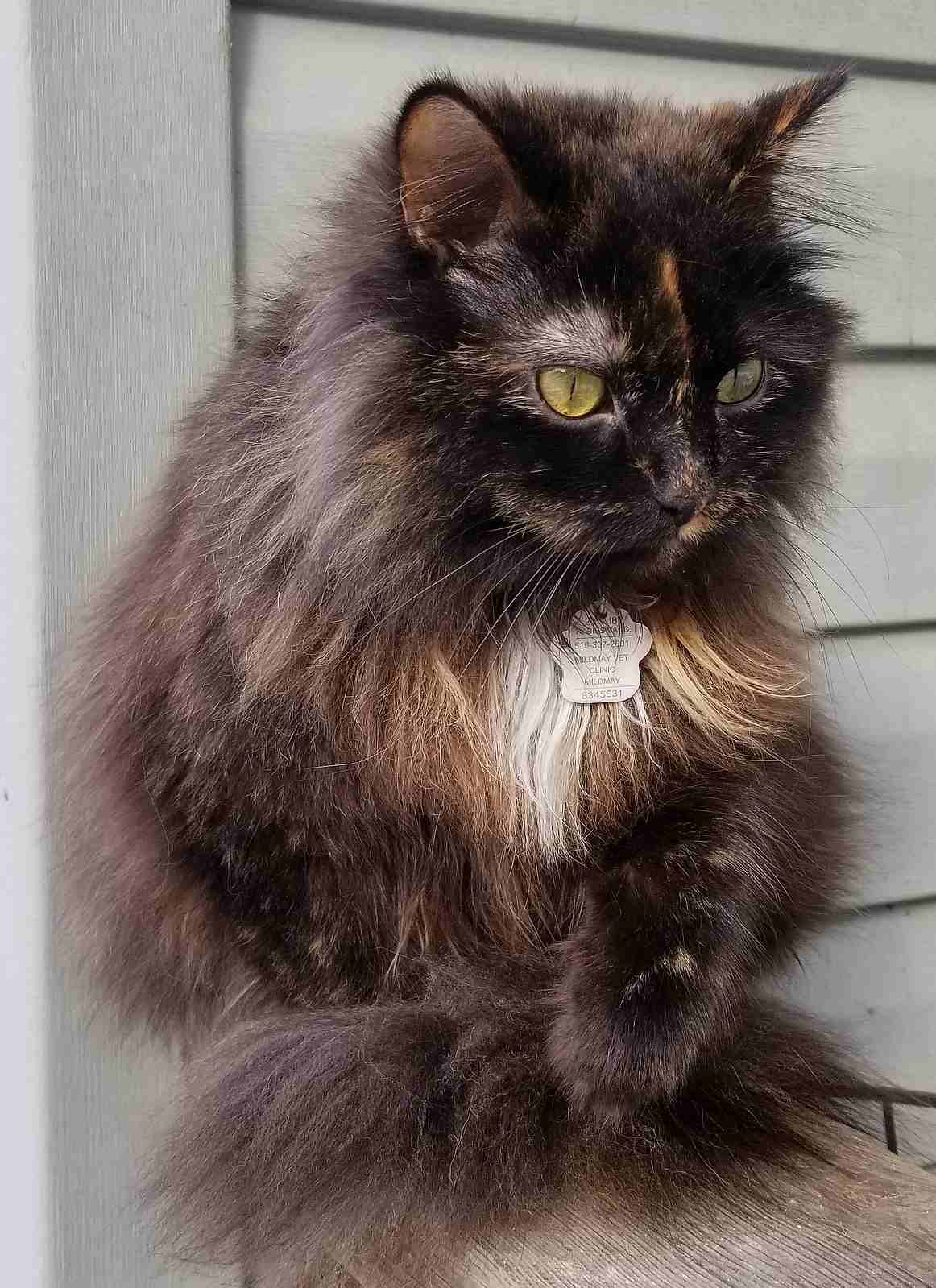
Ragamuffin Cat:
Long, dense, silky fur
Large, expressive eyes
Robust build with a semi-longhair coat
Variety of coat colors and patterns
Ragdoll:
Semi-longhair coat with a silky texture
Striking blue eyes
Substantially large and muscular body
Colorpoint coat pattern with darker points on ears, face, paws, and tail
Comparison: While both cats share a semi-longhair coat and large eyes, Ragamuffin cats are known for a wider range of coat colors and patterns compared to the distinctive colorpoint pattern of Ragdolls.
Ecological Implications: The appearance of these breeds may influence their survival in different environments. For example, the coloration and patterns might provide camouflage in certain habitats, affecting their ability to hunt or avoid predators.
3. Size:
Ragamuffin Cat:
Medium to large size
Sturdy and well-muscled build
Ragdoll:
Large size, with males being significantly larger than females
Solid and robust body structure
Comparison: Both breeds are generally large, but Ragdolls tend to be larger, especially the males.
Ecological Implications: Size can impact the cat’s role in the ecosystem, influencing its prey selection and interactions with other species. Larger size may provide advantages in certain hunting strategies or territorial disputes.
4. Weight:
Ragamuffin Cat:
Adult males: 15-20 pounds
Adult females: 10-15 pounds
Ragdoll:
Adult males: 15-20 pounds or more
Adult females: 10-15 pounds
Comparison: The weight range for both breeds is similar, with males generally being larger than females.
Ecological Implications: Weight affects factors such as energy requirements, prey selection, and mobility. Larger individuals may have different ecological roles, influencing their position in the food chain.
5. Bite Force (PSI – Pounds per Square Inch):
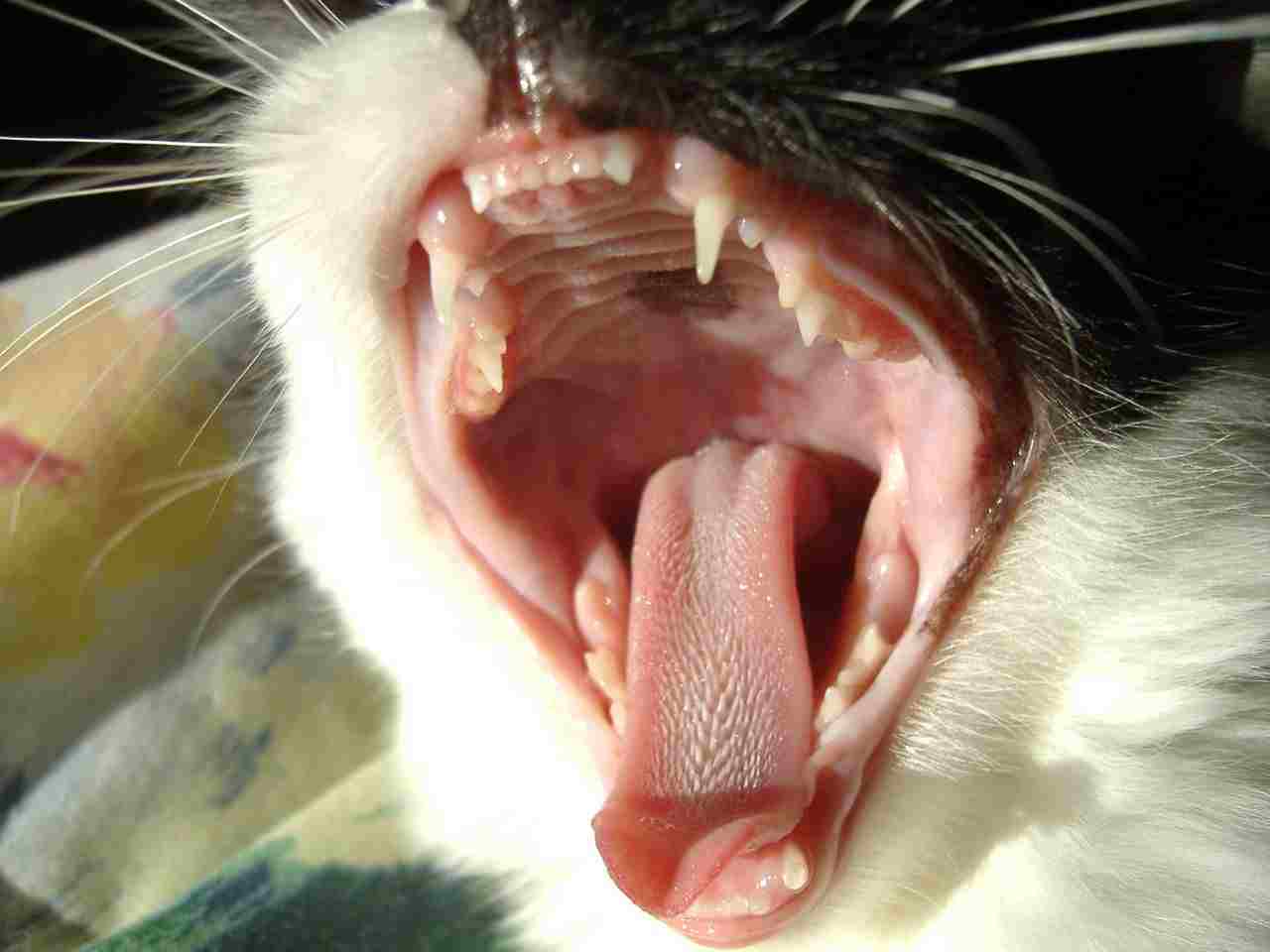
Bite force information for these specific breeds is not readily available in scientific literature.
Comparison: Without specific data, it’s challenging to compare their bite forces. Generally, bite force can indicate the efficiency of their hunting or defensive capabilities.
Ecological Implications: Bite force is crucial for hunting and survival. Understanding the bite force of these cats would provide insights into their ecological roles, such as prey preferences and hunting techniques.
6. Physical Offensive Advantages:
Ragamuffin Cat:
Sharp claws for climbing and hunting
Muscular build supports effective pouncing
Ragdoll:
Powerful hind legs aid in high jumps and ambushes
Strong claws for hunting and defense
Comparison: Both breeds possess physical attributes conducive to hunting and offensive maneuvers, utilizing claws and muscular builds.
Ecological Implications: These offensive advantages contribute to their roles in the ecosystem as effective hunters, potentially influencing prey populations and maintaining ecological balance.
7. Physical Defensive Advantages:
Ragamuffin Cat:
Dense fur provides some protection against minor injuries
Agility for evading potential threats
Ragdoll:
Substantial size may serve as a deterrent
Defensive tactics include swatting with powerful paws
Comparison: While Ragamuffins rely on agility and fur for defense, Ragdolls use their size and powerful paws.
Ecological Implications: These defensive mechanisms may influence their survival against predators or other threats, impacting their presence and behavior within their ecosystems.
8. Speed (Km/hour or Mile/hour):
Specific speed data for these breeds is not readily available.
Comparison: Without exact speed information, it’s challenging to compare their swiftness. Speed is crucial for hunting and evading predators.
Ecological Implications: Speed is a key factor in their efficiency as hunters or their ability to escape from potential dangers in their natural habitats.
9. Agility:
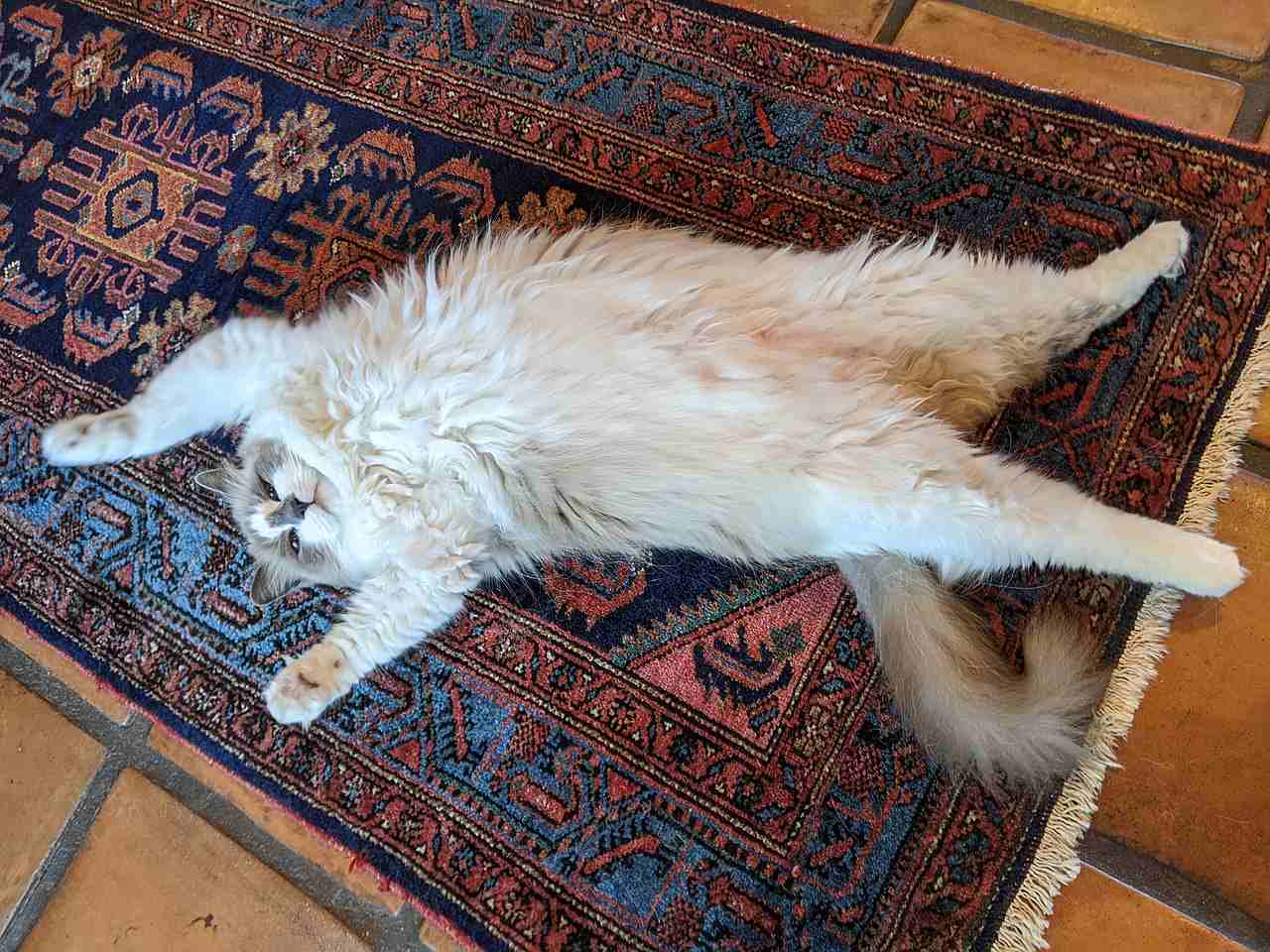
Ragamuffin Cat:
Agile and graceful movements
Adaptability to various environments
Ragdoll:
Surprisingly agile despite their large size
Graceful movements and flexibility
Comparison: Both breeds display agility, with Ragdolls showcasing unexpected agility given their size.
Ecological Implications: Agility is vital for navigating different terrains, hunting success, and evading threats, influencing their overall ecological roles and adaptation to diverse environments.
10. Senses:
Ragamuffin Cat:
Excellent eyesight, particularly in low light
Acute sense of hearing
Well-developed sense of smell
Ragdoll:
Striking blue eyes, contributing to enhanced night vision
Sharp sense of hearing
Keen sense of smell
Comparison: Both breeds share acute senses, including enhanced night vision, sharp hearing, and a strong sense of smell.
Ecological Implications: Their heightened senses contribute to their effectiveness as hunters, helping them locate prey and navigate their environments.
11. Overall Physical Capacity:
Specific data for overall physical capacity is not readily available.
Comparison: Without exact data, it is challenging to compare their overall physical capacities, which encompass various factors such as strength, endurance, and flexibility.
Ecological Implications: Understanding their overall physical capacity provides insights into their adaptive abilities and roles within their ecosystems.
12. Habitat Preference(s):
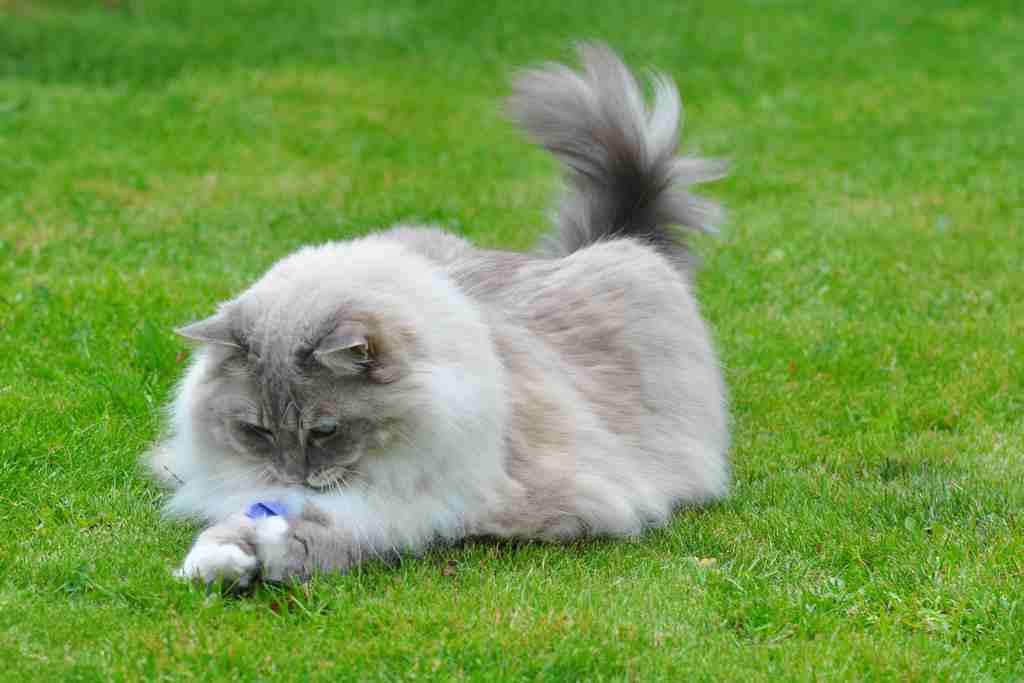
Ragamuffin Cat:
Adaptable to various environments
Comfortable in both indoor and outdoor settings
Ragdoll:
Prefer indoor environments
May venture outdoors but generally less adaptable to outdoor living
Comparison: Ragamuffins are more versatile in habitat preferences, while Ragdolls tend to thrive in indoor settings.
Ecological Implications: Habitat preferences impact their interaction with other species and their ability to cope with environmental changes, potentially affecting their ecological roles.
13. Tracks:
Specific information on paw prints or tracks is not readily available.
Comparison: Without specific data, it’s challenging to compare the tracks of these breeds.
Ecological Implications: Tracking information can provide insights into their movement patterns, territory usage, and interactions with other species in their natural habitats.
14. Lifespan:
Ragamuffin Cat:
Average lifespan of 12-16 years
Ragdoll:
Average lifespan of 12-17 years
Comparison: Both breeds have a relatively similar lifespan, with Ragdolls potentially living a slightly longer average.
Ecological Implications: Lifespan influences their reproductive potential, impact on prey populations, and overall contribution to the ecosystem.
15. Mode of Feeding:
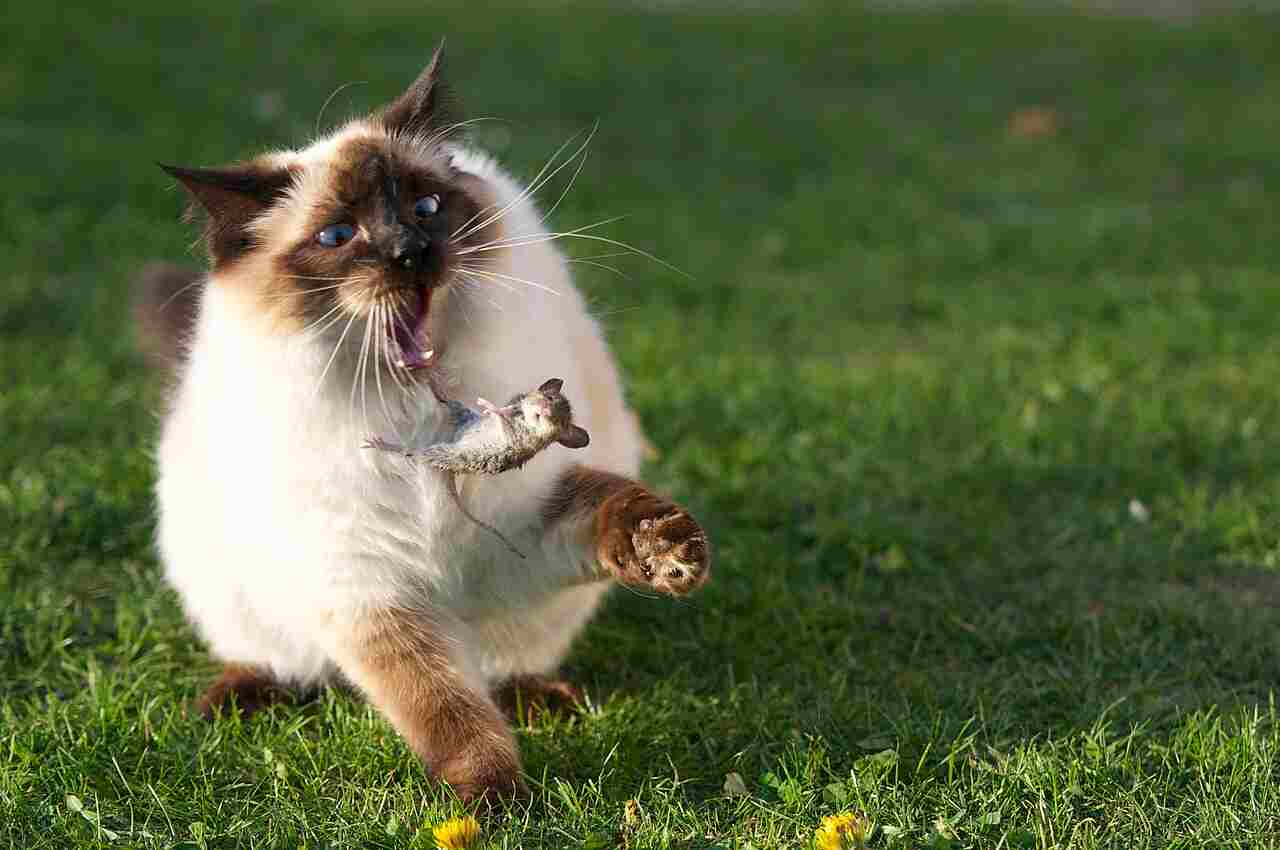
Ragamuffin Cat:
Carnivorous diet, primarily relying on meat
Ragdoll:
Carnivorous diet, with a preference for high-quality cat food
Comparison: Both breeds share a carnivorous diet, reflecting their natural predatory instincts.
Ecological Implications: Their feeding habits influence their role in controlling prey populations and maintaining ecological balance.
16. Intelligence:
Ragamuffin Cat:
Intelligent, trainable, and social
Ragdoll:
Generally considered intelligent and docile
Comparison: Both breeds are recognized for their intelligence, making them trainable and interactive with their human companions.
Ecological Implications: Intelligence affects their ability to adapt to changing environmental conditions, find food, and engage in complex hunting strategies.
17. Social Behavior:
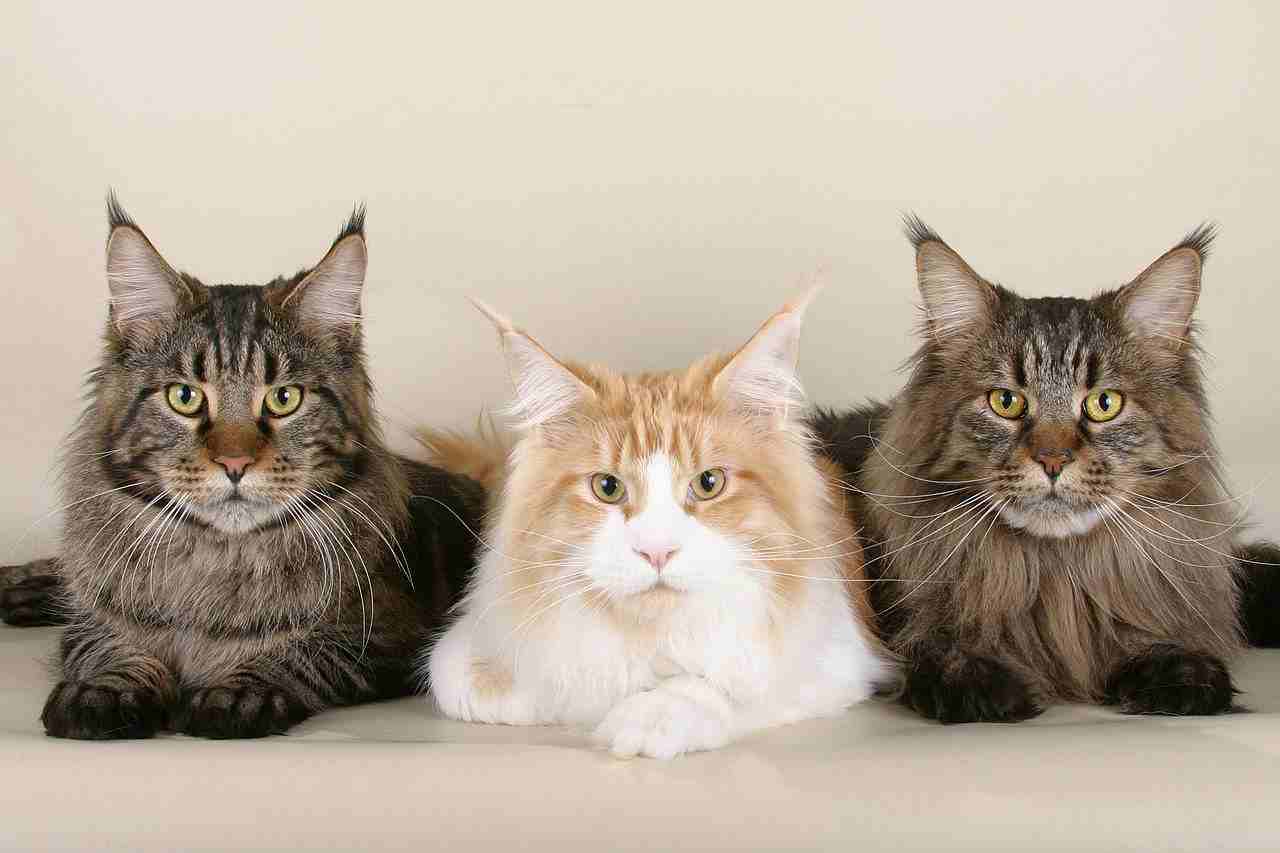
Ragamuffin Cat:
Social and affectionate, enjoying human and animal companionship
Ragdoll:
Known for being relaxed, gentle, and forming strong bonds with owners
Comparison: Both breeds exhibit social behavior, forming close bonds with their human families.
Ecological Implications: Social behavior can impact their interactions with other individuals within their ecosystem, potentially influencing group dynamics or cooperative hunting strategies.
18. Mode of Reproduction:
Ragamuffin Cat:
Reproduces through sexual reproduction
Seasonal breeding, with females entering estrus cycles
Ragdoll:
Reproduces through sexual reproduction
Seasonal breeding, with females exhibiting estrus cycles
Comparison: Both breeds reproduce through sexual reproduction, and their breeding patterns are influenced by seasonal cycles.
Ecological Implications: Reproductive behavior impacts population dynamics within their ecosystems, influencing the abundance and distribution of these cat species.
19. Parental Behavior:
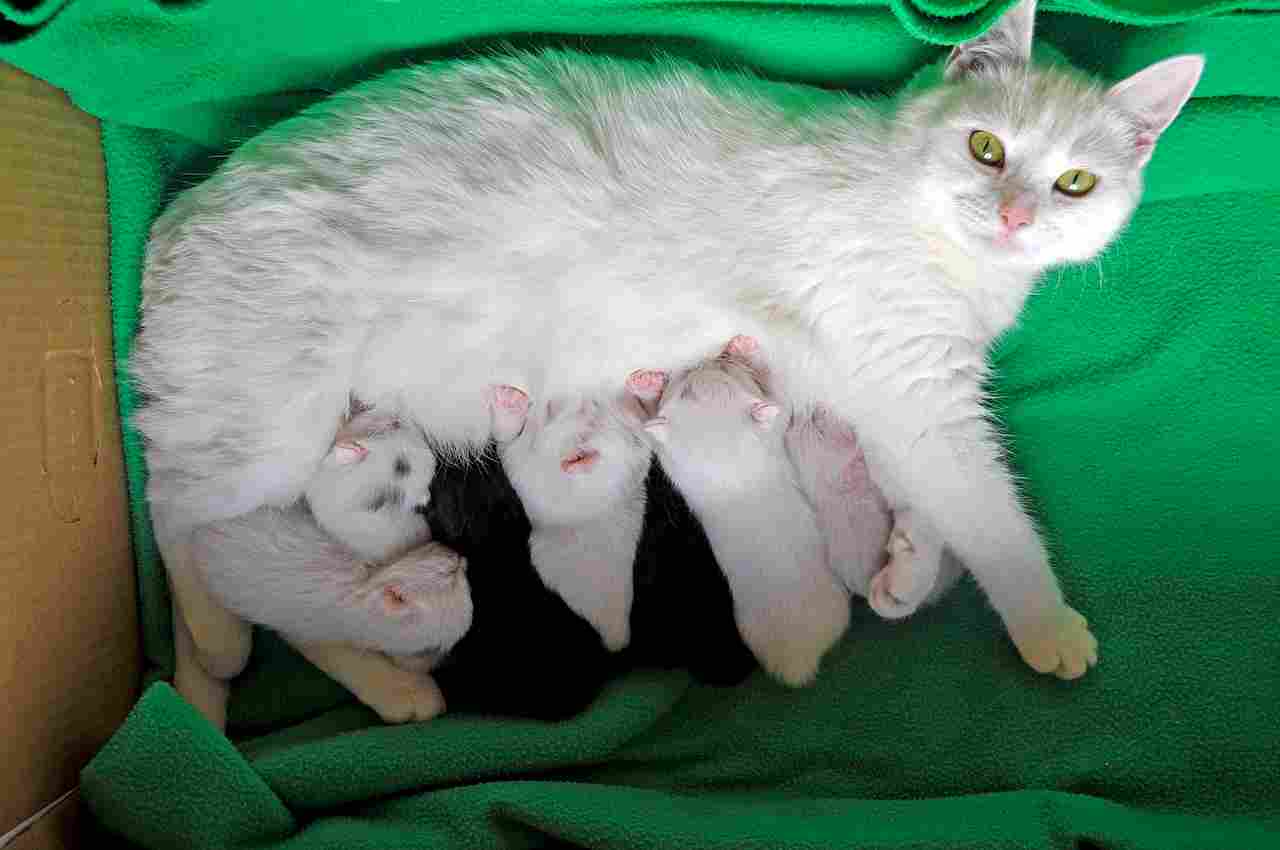
Ragamuffin Cat:
Generally exhibits good maternal instincts
Active in nursing and caring for kittens
Ragdoll:
Typically good mothers, actively caring for their kittens
May be more laid-back compared to some other breeds
Comparison: Both breeds display good parental behavior, participating actively in caring for and nurturing their offspring.
Ecological Implications: Parental care is crucial for the survival of offspring, impacting the overall success of the species in maintaining and growing their population.
20. Proximity to Human-Inhabited Areas:
Ragamuffin Cat:
Adaptable to both rural and urban environments
Ragdoll:
Prefers indoor living, often found in urban or suburban settings
Comparison: Ragamuffins are more adaptable to various environments, while Ragdolls tend to thrive in human-inhabited indoor areas.
Ecological Implications: The proximity to human-inhabited areas influences their interactions with domesticated animals, potential exposure to hazards, and availability of food sources.
21. Behavior Toward Humans:
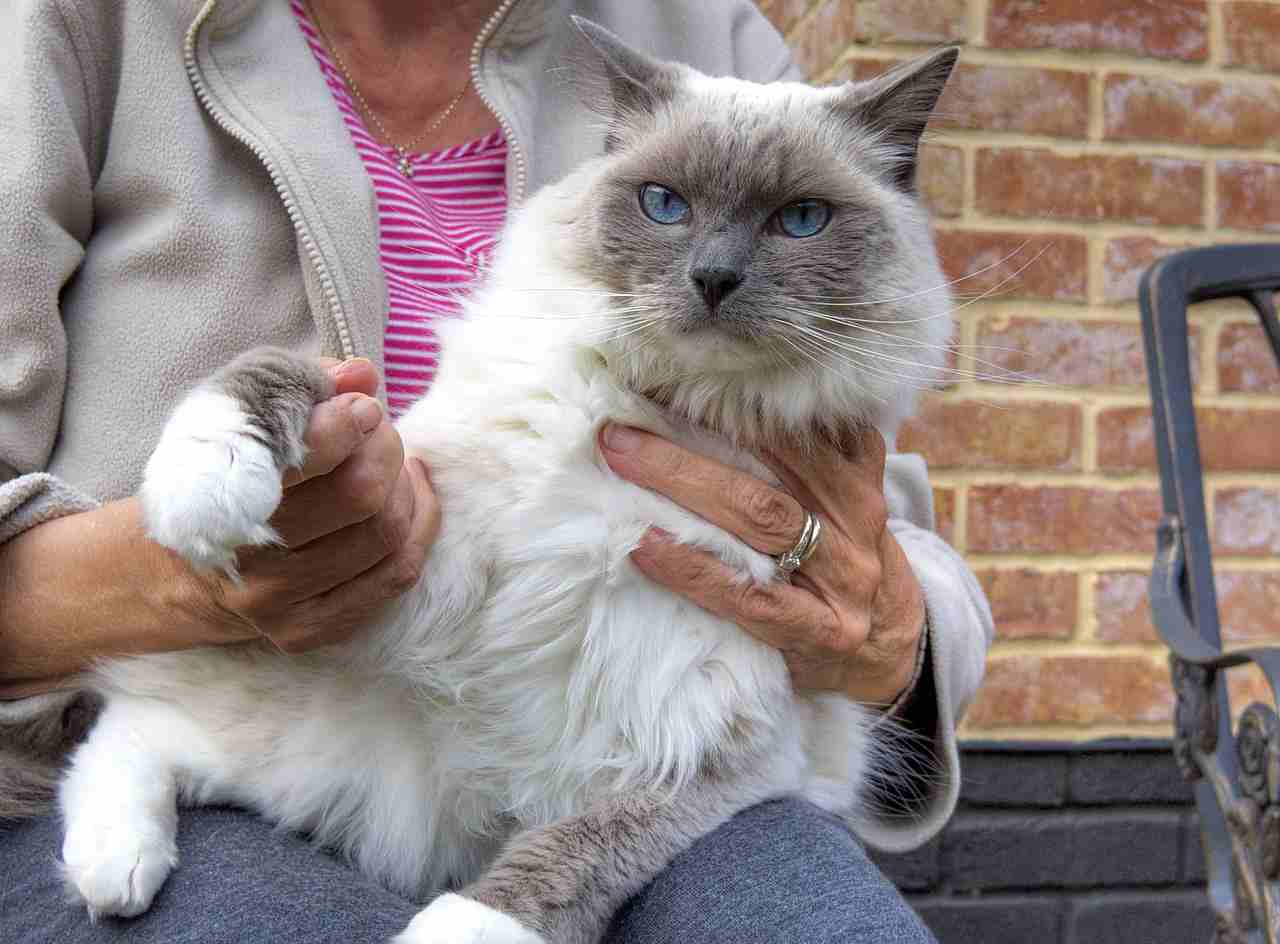
Ragamuffin Cat:
Affectionate, sociable, and enjoys human interaction
Ragdoll:
Gentle, docile, and forms strong bonds with human caregivers
Comparison: Both breeds exhibit friendly behavior toward humans, forming close bonds with their owners.
Ecological Implications: Their positive interactions with humans may impact their overall well-being in domesticated environments, potentially influencing their roles within households and communities.
22. Danger Posed to Humans:
Ragamuffin Cat:
Generally poses no significant danger to humans
Non-aggressive and tends to be gentle
Ragdoll:
Generally poses no significant danger to humans
Known for their docile nature and lack of aggressive tendencies
Comparison: Both breeds are not known for posing danger to humans, displaying gentle and non-aggressive behavior.
Ecological Implications: The lack of danger to humans allows for positive interactions, potentially influencing human attitudes and perceptions towards these cat species.
23. Associated Precautions:
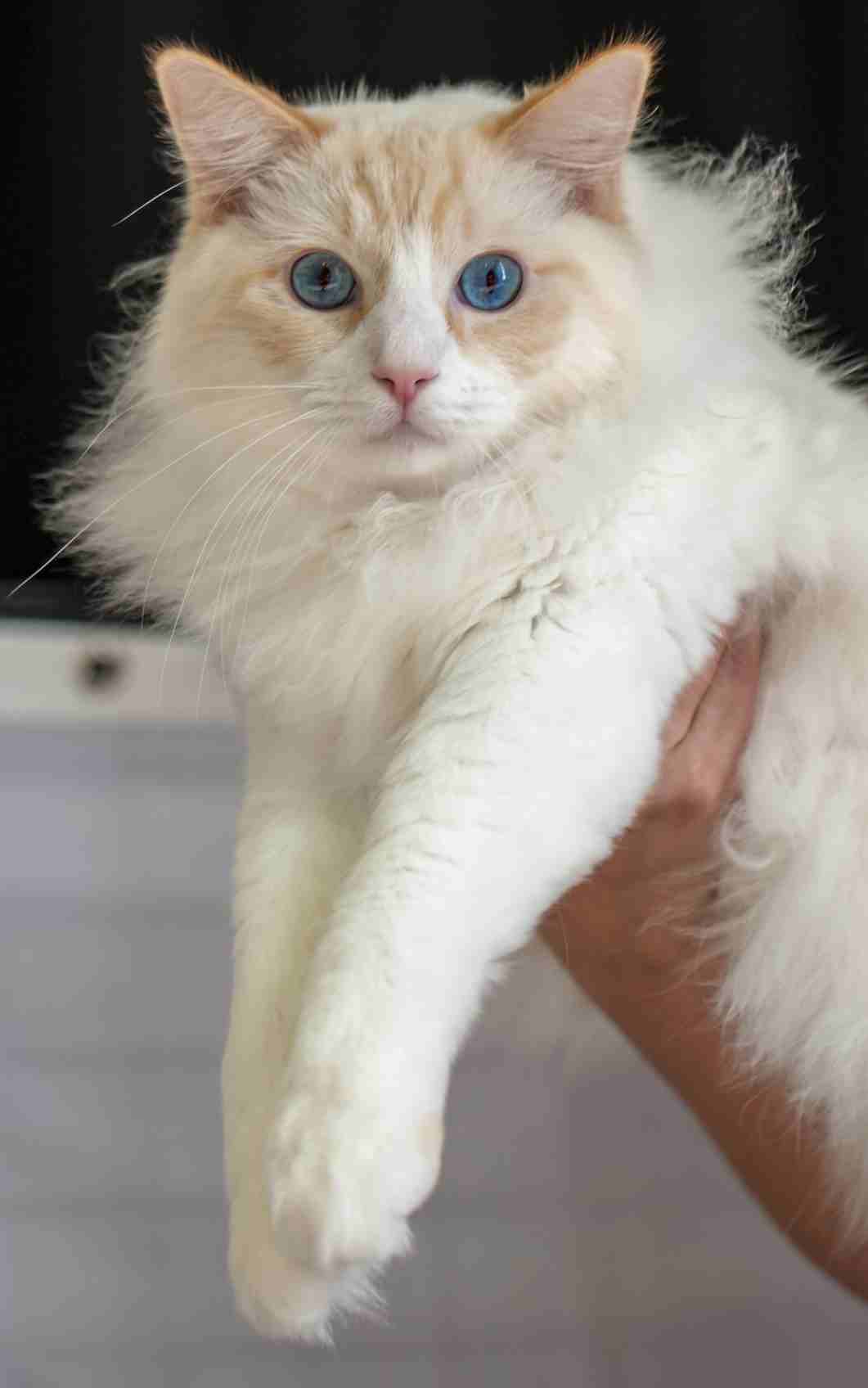
Ragamuffin Cat:
Regular grooming due to their long, dense fur
Supervised outdoor activities to prevent potential hazards
Ragdoll:
Regular grooming to maintain their semi-longhair coat
Indoor living may require protection from household hazards
Comparison: Both breeds require specific precautions, including grooming and environmental safety measures.
Ecological Implications: These precautions may impact their well-being in human-inhabited areas, affecting their overall health and adaptation to domestic environments.
24. Conservation Status:
Ragamuffin Cat:
Not recognized as a separate breed by major cat breeding organizations
Not listed on conservation status due to domestic nature
Ragdoll:
Recognized breed, not listed on conservation status
Bred in captivity, not considered a wild or endangered species
Comparison: Neither breed is listed on conservation status as they are domesticated and actively bred by humans.
Ecological Implications: Conservation considerations are not applicable in the traditional sense, as these breeds are intentionally bred in controlled environments rather than existing in the wild.
Comparison Summary:
Taxonomy:
Both Ragamuffin and Ragdoll cats belong to the Felidae family, Felis genus, and catus species.
Appearance:
Ragamuffins have a wide range of coat colors and patterns.
Ragdolls have a distinctive colorpoint pattern with darker points.
Size:
Ragdolls are generally larger, especially the males.
Weight:
Both breeds have a similar weight range, with males being larger than females.
Bite Force (PSI):
Specific bite force data is not available for either breed.
Physical Offensive Advantages:
Both use sharp claws and muscular builds for hunting and offense.
Physical Defensive Advantages:
Ragamuffins rely on agility and fur, while Ragdolls use size and powerful paws.
Speed:
Specific speed data is not available for either breed.
Agility:
Both breeds exhibit agility, with Ragdolls surprisingly agile despite their size.
Senses:
Both have acute night vision, sharp hearing, and a keen sense of smell.
Overall Physical Capacity:
Specific data is not available for overall physical capacity.
Habitat Preference(s):
Ragamuffins are adaptable to various environments, while Ragdolls prefer indoor living.
Tracks:
Specific information on paw prints or tracks is not available.
Lifespan:
Ragdolls potentially have a slightly longer average lifespan.
Mode of Feeding:
Both are carnivorous with a preference for meat.
Intelligence:
Both breeds are intelligent and trainable.
Social Behavior:
Both exhibit social behavior, forming strong bonds with humans.
Mode of Reproduction:
Both reproduce through sexual reproduction with seasonal breeding.
Parental Behavior:
Both exhibit good maternal instincts and actively care for their offspring.
Proximity to Human-Inhabited Areas:
Ragamuffins are adaptable to various environments, while Ragdolls thrive in indoor settings.
Behavior Toward Humans:
Both breeds display friendly and affectionate behavior toward humans.
Danger Posed to Humans:
Neither breed is known for posing significant danger to humans.
Associated Precautions:
Both require grooming and specific safety measures.
Conservation Status:
Neither breed is listed on conservation status due to domestication.
Conclusion
I) Similarities
– Both Ragamuffin and Ragdoll cats belong to the Felidae family, Felis genus, and catus species. – Similar lifespan, carnivorous diet, and reproductive behaviors. – Non-aggressive behavior toward humans.
II) Differences
– Ragamuffins are more adaptable to various environments, while Ragdolls prefer indoor living. – Ragdolls are generally larger in size. – Ragamuffins have a wider range of coat colors and patterns compared to the distinctive colorpoint pattern of Ragdolls. – Ragdolls may have a slightly longer average lifespan.
